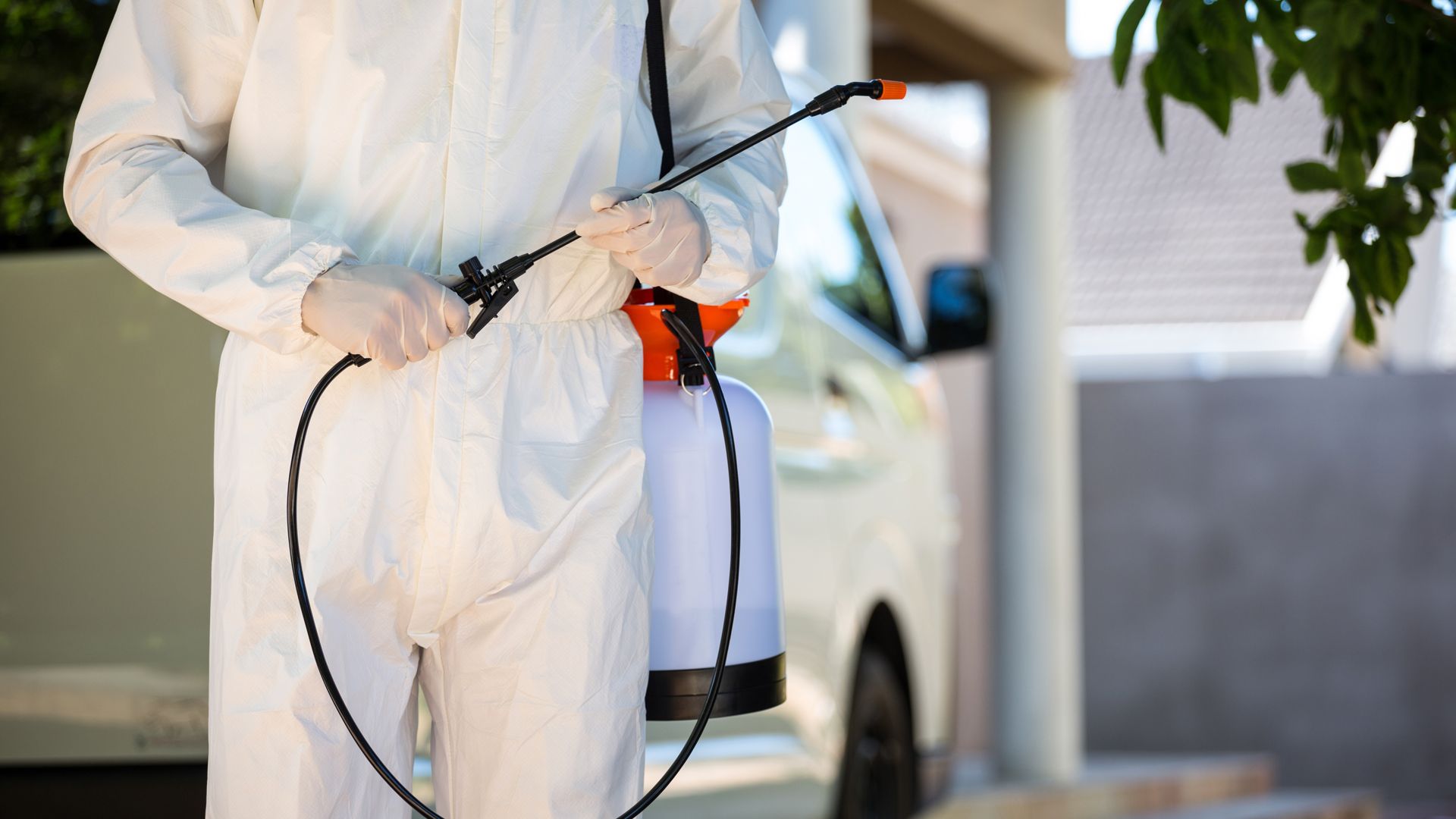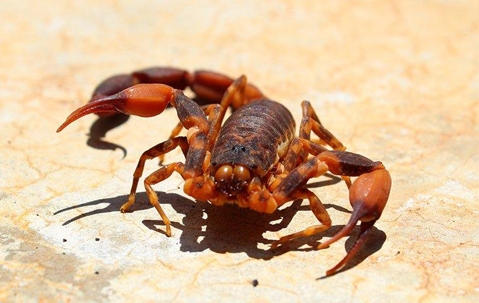Along with ticks, spiders, and mites, scorpions belong to the class Arachnida. As arthropods, scorpions are invertebrates with segmented bodies that are protected by a durable exoskeleton composed of chitin. Often described as looking crab-like, scorpions are predatory creatures with a distinct appearance typically drawn to dry environments. Remember to exercise caution, as scorpions can deliver a painful sting when they have a close encounter with humans.
Are you looking for answers regarding how to keep scorpions out of your house? Our Austin pest control company employs a staff of experts that understand the behavior of the different kinds of scorpions in this region and knows the best methods for handling these undesirable creatures.
Common Types Of Scorpions: Identification And Characteristics
According to data from the AgriLife Extension at Texas A&M University, the striped bark scorpion (Centruroides vittatus) measures roughly 2 ½ inches long and has a tan or yellowish appearance with dark stripes. Younger scorpions (scorplings) generally appear lighter, with an almost translucent appearance. Striped bark scorpions have pincer-like arms known as pedipalps and a lengthy tail that often curves above their bodies.
Although scorpions have limited vision, they hear well and keenly detect vibrations. Scorpions consume a diet consisting of most small insects as well as spiders, centipedes, and other “worm-like” living creatures. As largely nocturnal creatures, hungry scorpions typically emerge after dark to pursue a meal by using their pincers to secure prey and then will deliver a venomous sting that immobilizes their victim.
Are Scorpions Cold Blooded?
Yes, scorpions are cold-blooded, which makes them sensitive to extreme temperatures. Scorpions depend on warmth from their environment. They're active in summer but sluggish in winter, slowing down to conserve energy. This adaptation helps them survive winter with fewer meals and less movement.
Scorpion Stings: Symptoms And Treatments
Are scorpions aggressive? Although scorpions will generally avoid contact with humans or dogs, they will defend themselves when threatened.
Approximately 1,500 scorpion species exist throughout the world, but only between 20 and 25 types are legitimate risks to human health. In the U.S., the Arizona bark scorpion (Centruroides sculpturatus) is recognized as the most potentially dangerous species. The Arizona bark scorpion is not found in the Austin area; however, the El Paso Children’s Hospital in the westernmost part of the state has treated victims of this species.
Fortunately, the majority of Austin residents who endure a sting only experience minor pain along with some swelling or redness.
Scorpion Prevention: Proven Effective Tips
Are you wondering how to prevent scorpions? Some of the most effective preventative measures for Austin homeowners include:
- Limit hiding places around the exterior areas of the structure by removing firewood piles, stones, yard tools, and other debris or vegetation.
- Install weather stripping around windows and sweeps along the bases of entry doors as needed.
- Fill any cracks around the base of the home’s exterior with caulk or sealant.
- Prevent excess moisture by fixing leaky hoses or spigots and keeping gutters and downspouts clean.
Based largely on the risks involved, local property owners who are struggling with scorpions should contact a local pest control company regarding the best course of action.
Expert Scorpion Control: Get Rid Of The Infestation Now!
How should you deal with scorpions in Austin? With decades of experience in the residential pest control industry, local homeowners can rely on Roberts Termite & Pest Control for effective solutions to problems with unwanted scorpions. We also provide services for other pest-related concerns.
Contact our office today for further details.

